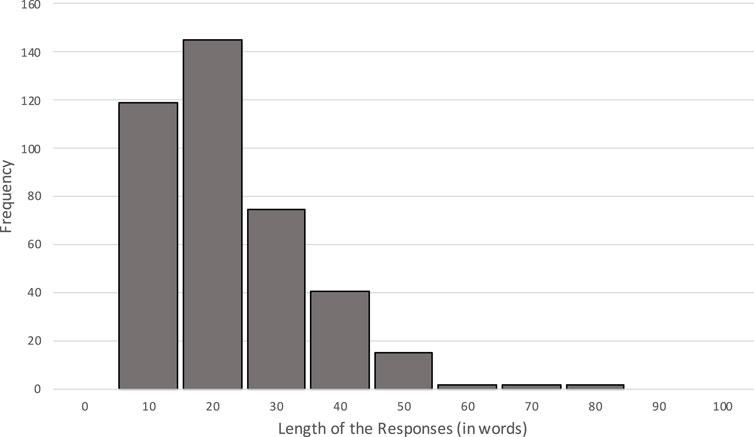In a world increasingly reliant on digital surveys and questionnaires, the integrity of data collected online is paramount. However, as technology advances, so too do the methods of deceit. Artificial intelligence has now joined the ranks of those seeking to corrupt online questionnaires, posing a new and complex challenge for researchers and data analysts. Let us delve into the world of detecting AI-driven corruption in online surveys, and explore the strategies being developed to combat this emerging threat to data accuracy.
Detecting patterns of artificial intelligence manipulation in online questionnaires
Artificial intelligence manipulation in online questionnaires has become a growing concern in the digital age. With advancements in technology, it has become easier for AI to mimic human behavior and manipulate data. Detecting these patterns of manipulation is crucial to maintaining the integrity of online surveys and questionnaires.
Some key indicators of AI manipulation in online questionnaires include:
- Unnatural response patterns: AI-generated responses may appear robotic or lack personalization.
- Inconsistencies in data: AI may generate conflicting responses within the same questionnaire.
- Rapid completion times: AI can complete surveys at an unusually fast pace.
Identifying key indicators of AI-driven corruption in survey responses
When analyzing survey responses for signs of corruption, it is important to look out for certain key indicators that may point towards the involvement of artificial intelligence. These indicators can help researchers identify and address potential issues in online questionnaires. Some common signs of AI-driven corruption in survey responses include:
- Rapid completion times: Responses that are submitted too quickly or at unrealistic speeds may indicate the use of automated bots to fill out the survey.
- Inconsistent answers: If there are inconsistencies or contradictions in the responses provided, it could suggest that AI-generated responses are being used.
- Unusual patterns: Look out for patterns in the responses that seem abnormal or out of the ordinary, as this could be a sign of AI manipulation.
By identifying these key indicators of AI-driven corruption in survey responses, researchers can take steps to ensure the integrity of their data and maintain the quality of their research findings. It is essential to stay vigilant and implement measures to detect and prevent the misuse of artificial intelligence in online questionnaires.
Enhancing security measures to combat the influence of bots on questionnaire data
In today’s digital age, the prevalence of bots influencing online questionnaire data has become a growing concern. These artificial intelligence programs can skew results, making it difficult to obtain accurate and reliable information. To combat the influence of bots, enhancing security measures is crucial.
One effective way to detect and prevent the corruption of online questionnaires by bots is through the implementation of captchas and two-factor authentication. By adding these additional security layers, it becomes more challenging for bots to access and manipulate survey data. Furthermore, utilizing machine learning algorithms can help identify patterns and anomalies in responses, flagging any suspicious activity. By staying proactive and vigilant in our efforts to safeguard questionnaire data, we can ensure the integrity of our research results.
Implementing AI-based solutions for detecting and preventing fraudulent activities
With the rise of online questionnaires as a method of data collection, the issue of fraudulent activities has become a growing concern. Artificial intelligence has emerged as a powerful tool in detecting and preventing corruption in these questionnaires. By leveraging AI-based solutions, organizations can now effectively identify suspicious patterns and behaviors that indicate fraudulent activities.
AI algorithms analyze large volumes of data and can quickly flag anomalies such as inconsistent responses, repetitive answers, and suspicious IP addresses. Additionally, machine learning models can adapt and improve over time, enhancing their ability to accurately detect and prevent fraudulent activities. By implementing AI-based solutions, organizations can safeguard the integrity of their data and ensure the reliability of their online questionnaires.
Wrapping Up
the advancement of artificial intelligence poses both opportunities and challenges when it comes to detecting the corruption of online questionnaires. As we navigate this evolving landscape, it is essential to remain vigilant and continue developing innovative solutions to ensure the integrity of data collection processes. By staying informed and proactive, we can work towards maintaining the reliability and trustworthiness of online questionnaires in the face of AI-driven threats. Thank you for exploring this important topic with us.
